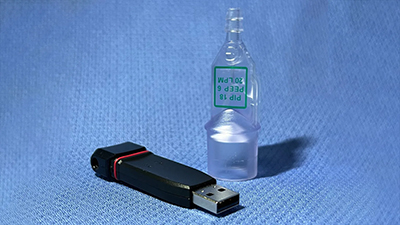
About Us
The overall goal of DPM research is to elevate the standard of care for pain treatment through a research program that defines the molecular and neuronal circuits of nociception in animals and humans and applies this knowledge in translational investigations.
One of the most productive characteristics of the DPM program is the catalytic interactions between basic and clinical research activities. This bidirectionality forms a powerful framework for therapeutic progress and embodies the vision to integrate basic research and patient care set out for the NIH Clinical Center since its inception in 1951.
The DPM research program uses knowledge obtained from basic neurobiology, molecular mechanisms and clinical care to develop new therapeutic approaches for treatment of acute and chronic pain and conduct fundamental investigations on the actions of anesthetic agents. There are two major aims:
- Aim 1: investigates what molecules and mechanisms can be identified to treat acute and chronic pain and reduce or replace opioid therapies, examples include postsurgical and cancer pain, respectively. This includes developing treatments based on the new targets that are discovered as was done with resiniferatoxin (RTX).
- Aim 2: investigates the clinical use of these processes to achieve analgesia.
Research Highlights

Future of portable ventilation?
This DPM study will use a miniature, 3D printed respirator to ventilate patients during the post-operative period. The respirator has no moving parts and requires only a compressed oxygen supply to ventilate a patient over a range of pulmonary injury.
This device is based on the principles of fluidics, oscillating between forced inspiration and passive expiration as the patient's airway pressure changes.
Read more about the versatility and possible uses of this single-use, disposable medical device.

